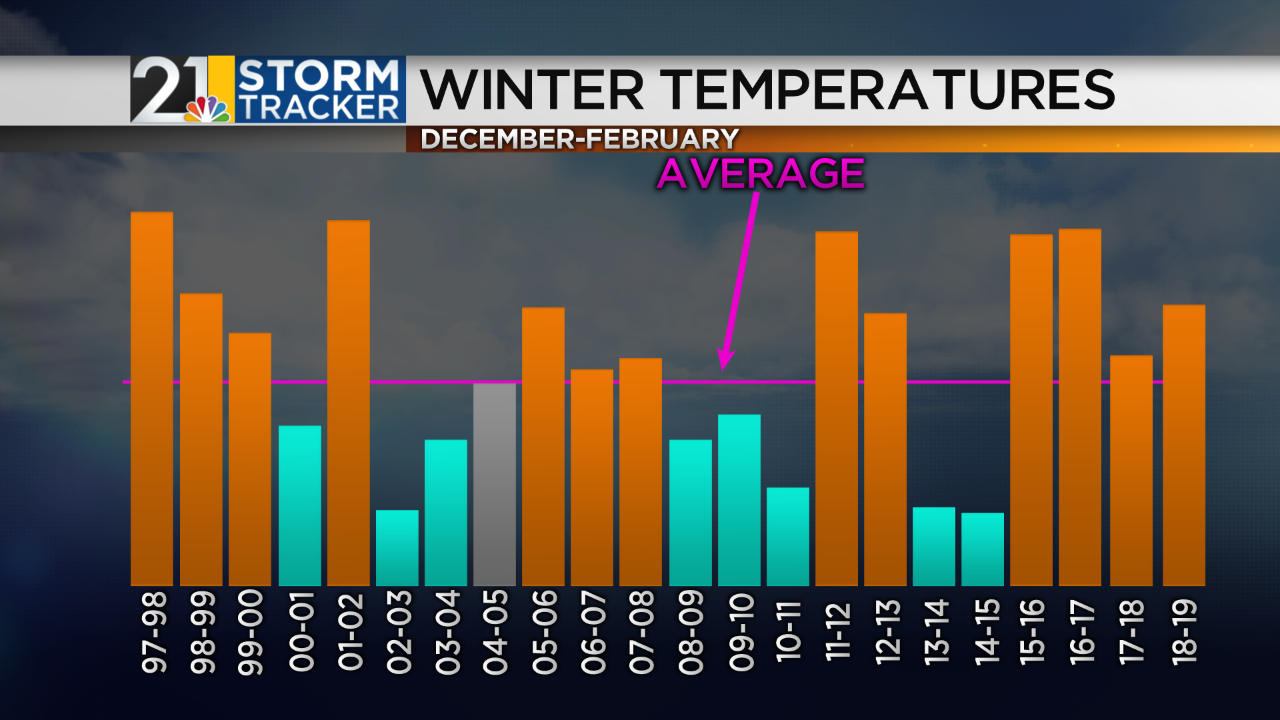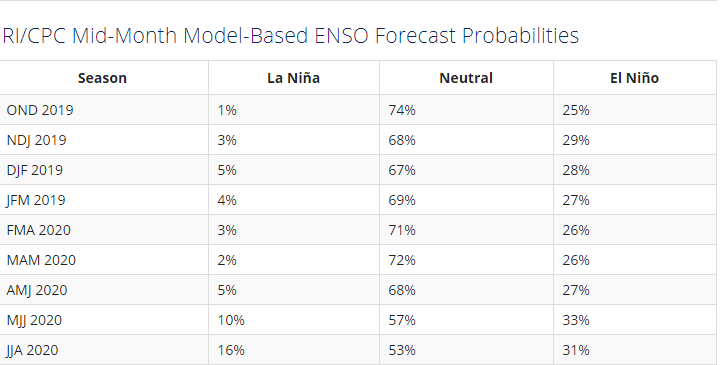2 Weeks Away: What Are Chances For White Christmas This Year?
We are two weeks away from Christmas! Close enough now that we can take an educated guess at the chances for a “white” Christmas this year.
What’s a “White” Christmas?
No doubt there are varying definitions of a White Christmas throughout the country and throughout the world. A White Christmas in Atlanta might be thought of as someone seeing one snowflake on their windshield. We are heartier folk up here and our standards are a little higher! The definition of a “White Christmas” that we will use is:
1 INCH OF SNOW ON THE GROUND
Seeing snow falling on Christmas is not that uncommon around here in fact we see that on roughly 7 out of 10 Christmases. 1 inch of snow on the ground is less common but still almost happens half the time:
Of course the higher odds of having that much snow on the ground on December 25 are higher in the primary snowbelts of Ohio, Pennsylvania and New York.
What About This Year?
The pattern in the 5-7 days leading up to Christmas does not look WARM per se. We are unlikely to have a stretch with highs in the 60s. But, it does not look very cold either. The Lower 48 States as a whole will see a pattern dominated by Pacific air , not arctic air. This pattern will have a hard time generating a lot of opportunities for “pure” snow events. In other words, a pattern like this often is characterized by either 1) just rain events or 2) “slop” storms that bring some snow but also some rain and mixed precipitation.
So with that being the premise, I can’t forecast an above-average chance for a White Christmas this year. 2 weeks out, will go with about a 30% chance. We’ll of course spend a lot of time fine-tuning this forecast as we get closer. Stay tuned!























